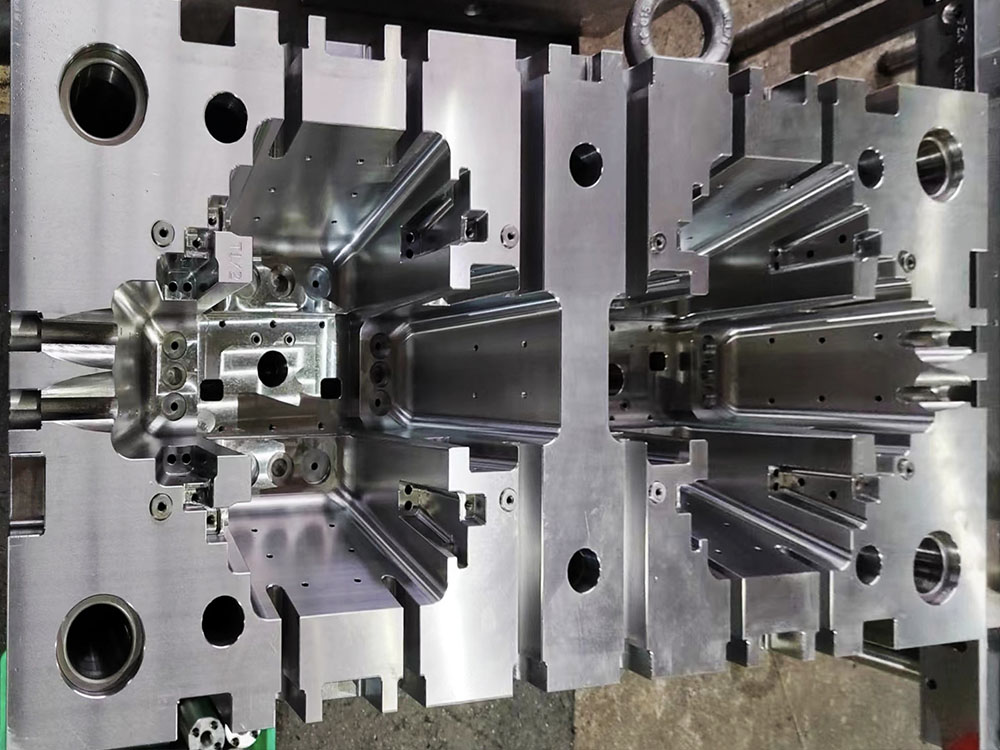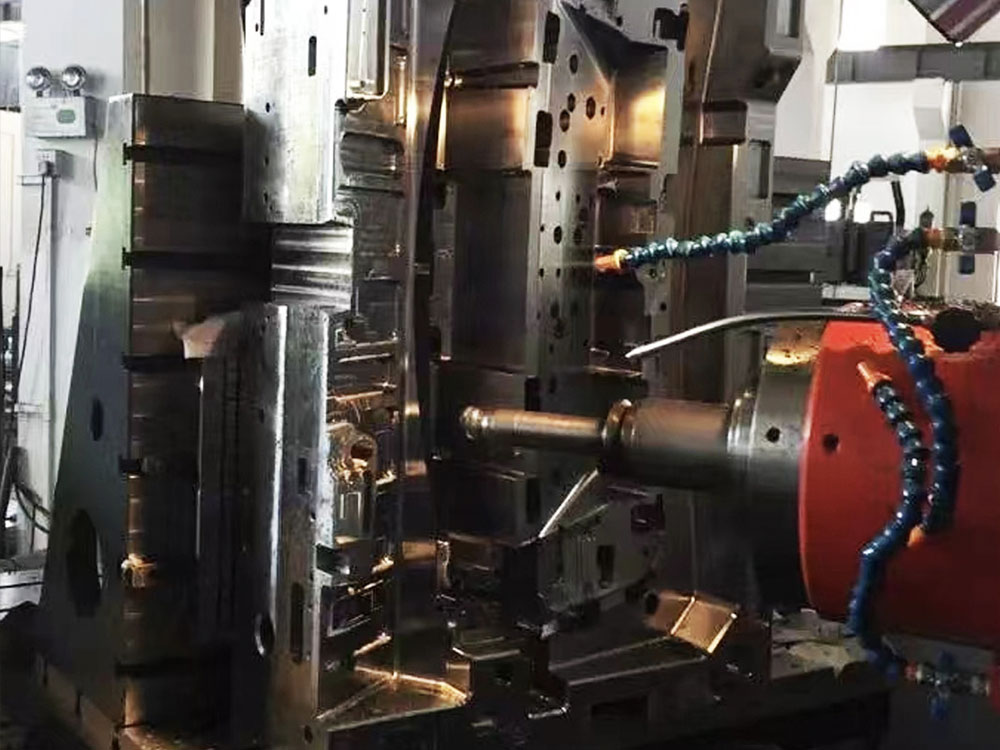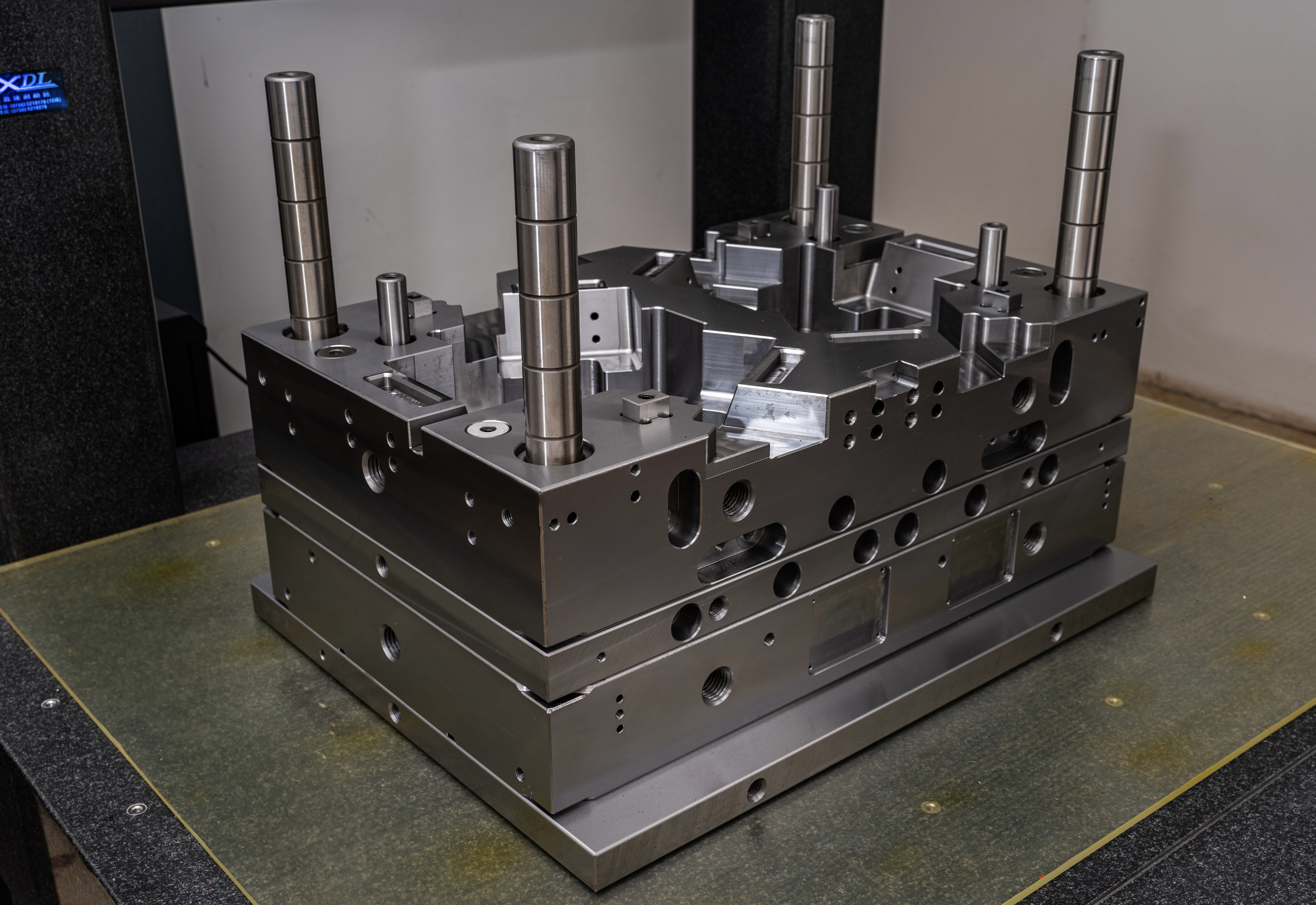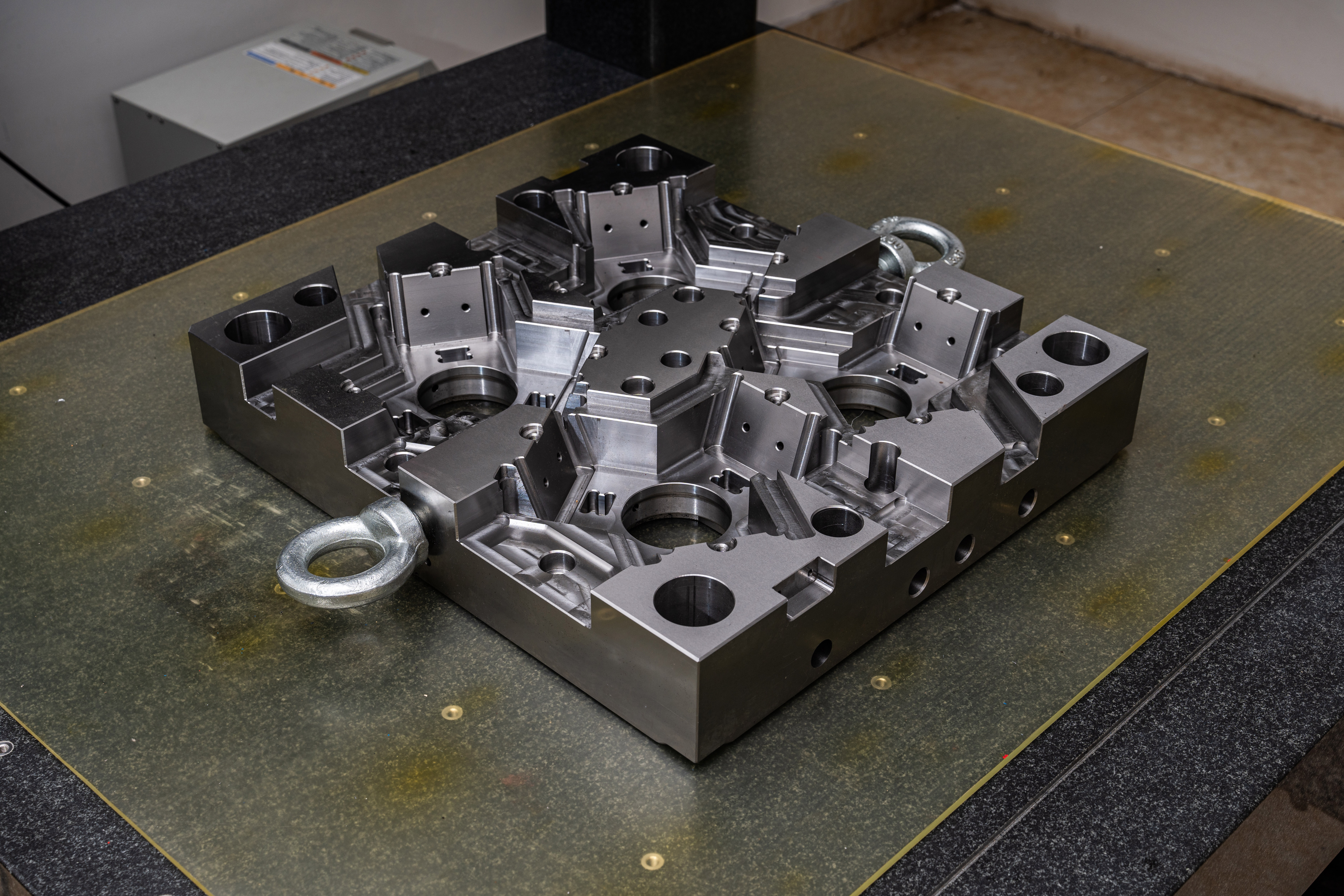Setting Up a Safety Rope in an Internal Bracing System in the Mold Base Industry
Introduction
The mold base industry relies heavily on internal bracing systems to ensure the safety and stability of mold bases during various operations. One crucial aspect of these bracing systems is the setup of a safety rope, which plays a vital role in preventing accidents and minimizing any potential damage. In this article, we will explore the step-by-step process of setting up a safety rope in an internal bracing system in the mold base industry.
Step 1: Assessing the Work Area
Before proceeding with the setup, it is essential to assess the work area thoroughly. This assessment includes identifying potential hazards, determining the load-bearing capacity of the bracing system, and ensuring adequate space for maneuverability.
Step 2: Selecting the Rope
The selection of the safety rope depends on various factors such as the weight of the mold base, the nature of the operation being performed, and the bracing system's specifications. It is crucial to choose a rope that meets the necessary strength requirements and has sufficient length.
Step 3: Anchor Point Installation
The anchor points serve as the foundation for the safety rope. They should be securely attached to a stable structure capable of withstanding the load. It is advisable to consult a structural engineer to ensure proper installation.
Step 4: Rope Attachment
Attach one end of the safety rope to the anchor point using a reliable and secure knot or connector specifically designed for this purpose. The attachment should be done following the manufacturer's guidelines and considering the load-bearing capacity of the rope.
Step 5: Rope Alignment
Proper alignment of the safety rope is essential to ensure efficient distribution of forces. Adjust the rope, taking into account any potential obstacles or obstructions, to create a smooth and straight path that allows for easy movement.
Step 6: Securing the Rope
Once the alignment is complete, it is crucial to secure the safety rope at regular intervals along its length. This can be done using appropriate fasteners or clamps that guarantee stability and prevent any unwanted movement.
Step 7: Testing and Inspection
Prior to actual usage, it is necessary to test the safety rope and perform a thorough inspection. The testing process involves applying a load to verify the rope's strength and ensuring that all attachments and fasteners are secure. Any signs of wear and tear should be addressed immediately.
Step 8: Ongoing Maintenance
Regular maintenance is crucial for the continued effectiveness of the safety rope. Inspect the rope periodically, especially after significant operations, and replace any damaged or weakened sections promptly. Additionally, provide adequate training to all personnel involved in handling the safety rope and internal bracing system.
Conclusion
Setting up a safety rope in an internal bracing system is a critical task in the mold base industry. By following these step-by-step guidelines, it is possible to ensure the safety and stability of mold bases during operations, mitigating the risk of accidents and potential damages. Always prioritize the selection of appropriate equipment, proper installation, and periodic maintenance to uphold the highest safety standards in the workplace.




